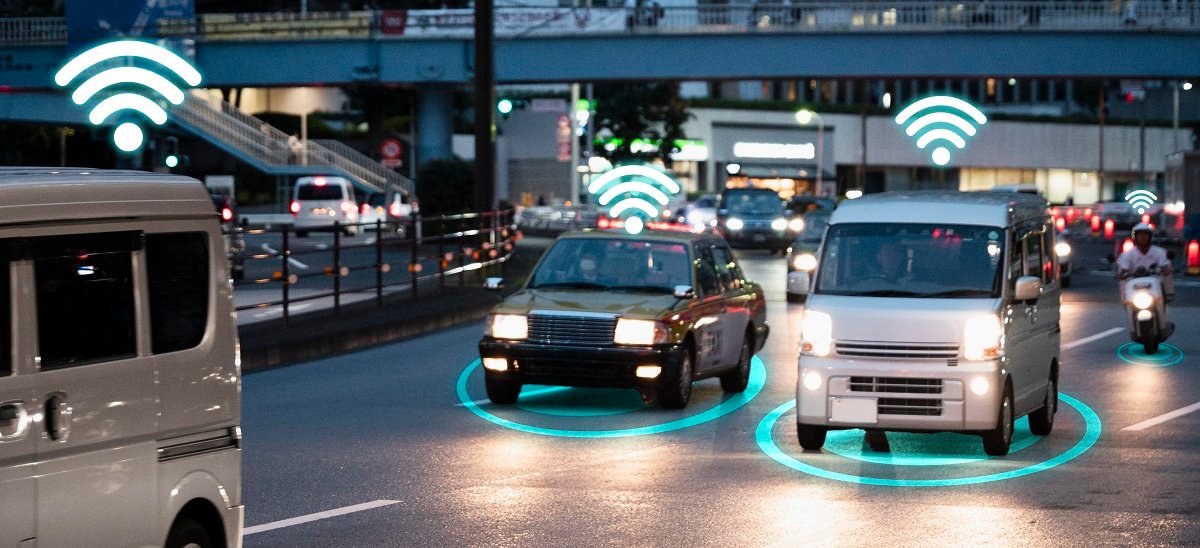Waymo’s Los Angeles Robotaxi Service: A Comprehensive Overview of Its Largest Expansion
BlogOn November 12, 2024, Waymo, the autonomous vehicle subsidiary of Alphabet Inc., announced the full-scale launch of its robotaxi service in Los Angeles. This expansion allows anyone within the designated service area to hail a driverless ride using the Waymo One app, marking a significant milestone in the company’s efforts to revolutionize urban transportation.
Key Highlights:
- Who: Waymo, a leader in autonomous vehicle technology.
- What: Launch of a public robotaxi service.
- When: November 12, 2024.
- Where: Los Angeles, California.
- Why: To provide accessible, driverless transportation and expand autonomous vehicle operations.
Understanding Waymo’s Expansion into Los Angeles
Waymo’s decision to expand into Los Angeles is a strategic move aimed at tapping into one of the nation’s most congested urban areas. The service area encompasses approximately 80 square miles, including neighborhoods such as Hollywood, Chinatown, and Westwood. This expansion follows successful operations in Phoenix and San Francisco, where Waymo has been refining its technology and service model.
User Experience and Accessibility
Users can access the robotaxi service through the Waymo One app, available on both iOS and Android platforms. The app allows users to:
- Request Rides: Input pickup and drop-off locations within the service area.
- Track Vehicles: Monitor the arrival of the assigned robotaxi in real-time.
- Provide Feedback: Rate rides and offer comments to help improve the service.
The vehicles are equipped with advanced sensors and AI systems to navigate complex urban environments safely. During the beta phase, users reported positive experiences, highlighting the convenience and novelty of driverless rides.
Safety Measures and Public Reception
Safety remains a paramount concern for both Waymo and potential users. The company reports that its autonomous vehicles have driven over 20 million miles without serious accidents. However, public opinion is mixed. Some residents express enthusiasm about the technological advancement, while others voice concerns over safety and job displacement for traditional drivers.
Regulatory Approvals and Challenges
Waymo’s expansion into Los Angeles required approval from the California Public Utilities Commission (CPUC). In March 2024, the CPUC authorized Waymo to operate its robotaxi service in Los Angeles, marking a significant regulatory milestone. Despite this, the company faces ongoing challenges, including:
- Public Skepticism: Addressing concerns about the safety and reliability of autonomous vehicles.
- Infrastructure Adaptation: Ensuring that urban infrastructure can accommodate driverless vehicles.
- Competitive Landscape: Navigating a market with emerging competitors in the autonomous vehicle space.
Personal Experience with Waymo’s Service
During a recent visit to Los Angeles, I had the opportunity to use Waymo’s robotaxi service. The experience was seamless; the app interface was intuitive, and the vehicle arrived promptly. The ride was smooth, and the vehicle adeptly handled traffic conditions. Notably, the absence of a human driver was both intriguing and slightly disconcerting, underscoring the transformative nature of this technology.
Future Prospects and Industry Impact
Waymo’s expansion into Los Angeles is a significant step toward mainstreaming autonomous transportation. The company’s recent $5.6 billion funding round underscores investor confidence in its vision. As Waymo continues to refine its technology and expand its service areas, it sets a precedent for other companies in the autonomous vehicle industry. The success of this venture could accelerate the adoption of driverless technology in urban centers worldwide.
Waymo’s launch of its robotaxi service to the general public in Los Angeles represents a pivotal moment in urban transportation. By providing accessible, driverless rides, Waymo is not only showcasing the capabilities of autonomous technology but also challenging traditional transportation models. As the service gains traction, it will be essential to monitor its impact on traffic patterns, public safety, and the broader transportation industry.
